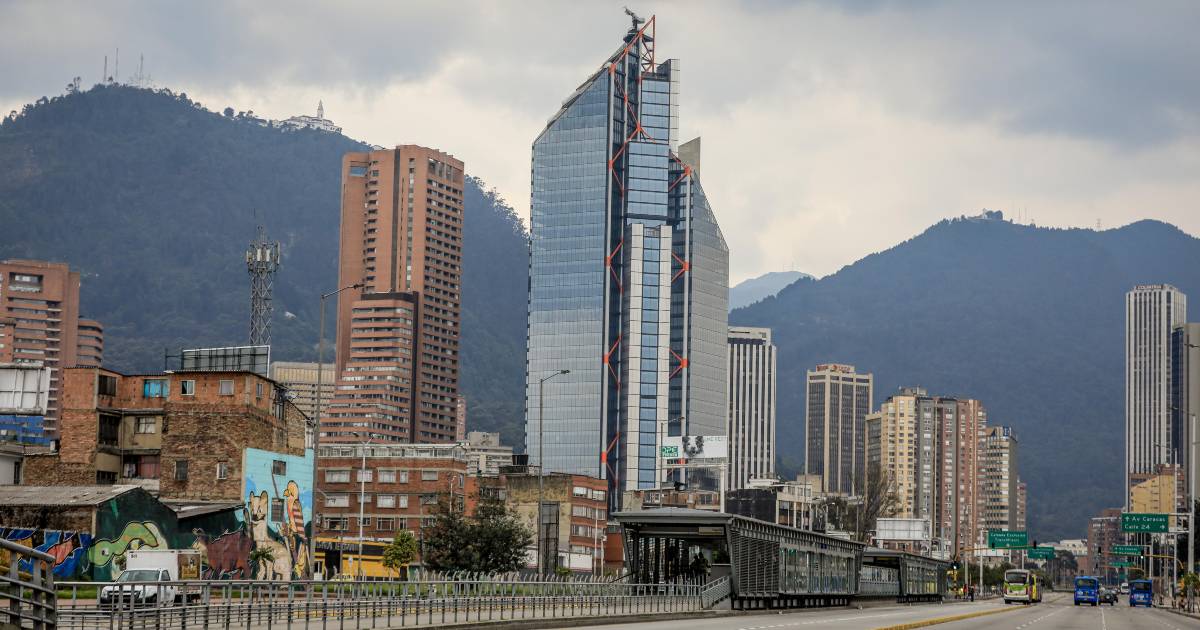MADE. The fiscal order of the Government of Guillermo Lasso was disordered in 2023.
The bond issue letter and the new IMF loans are closed. Political uncertainty and early elections further complicate the scenario.
After the fiscal deficit and public indebtedness were reduced between 2021 and 2022, the situation during 2023 goes in the opposite direction.
Jaime Carrera, economist and member of the Fiscal Policy Observatory, has warned that the fiscal deficit (more expenses than income) will go from $2,000 million in 2022 to $5,000 million until December 2023.
That is to say, The Ecuadorian State will lack a total income of $5,000 million to cover its basic expensesthe payment of past debts, transfers to the IESS and local governments, among others.
That budget gap must be filled with more debt; but the credit rating agency Fitch has just reduced Ecuador’s credit rating from “stable” to “negative”, amid political uncertainty, the cross death and early elections.
The latter means that, faced with an escalation in public spending and a slowing economy, the country is not seen as a good subject of credit and it will be very difficult for you to raise new debt.
Without bonds or IMF
With a country risk of more than 1,800 pointswhich is the third highest in all of Latin America, finding financing via the issuance of debt bonds is completely ruled out because you would have to pay 21% interest.
On the other hand, the rating agency Fitch has said that Ecuador would also have no chance of applying for a new loan program with the International Monetary Fund (IMF).
Thus, the only options available would be to achieve more internal financing and loans with other multilaterals. In addition, as is already happening, as warned by the former Minister of Economy, Mauricio Pozo, “another way out” would be accumulate more late payments to public sector providers.
“The essence of the fiscal problem is that Ecuador has returned to the structural deficit that had been maintained for years. That is, around $5 billion annually. At the moment, Ecuador does not have conditions to finance a fiscal deficit of that magnitude. Furthermore, the country should not finance the deficits, but rather reduce the deficits,” said Carrera.
Reasons for the tax gap
1 The Lasso government presented the General State Budget (PGE) for 2023 with a projected fiscal deficit (more expenses than income) of $2.6 billion.
2 However, that budget was built with $16 billion in tax revenue; but until April, including special contributions and payment of income tax, $5.400 million were received. In other words, at the end of the year around $15.3 billion will be registered. Only there at least $700 million will not be received.
3 In oil revenue $3.300 million was budgeted; but until April only $601 million were received. By the end of the year, at least $800 million will be missing. A barrel of Ecuadorian oil is selling for $60 with a huge penalty of more than $10 against WTI.
4 In addition, $1 billion was budgeted for sale of state assets; but the operation, among others, for the Sopladora hydroelectric plant to pass into private hands is completely ruled out. The political deadlock and the internal enemy within the public sector have torpedoed attempts to boost investment.
5 The State will also not have an extra $200 million because the current president of the National Financial Corporation (CFN), Jorge Andrade Avecilla, also ruled out the sale of Banco del Pacífico.
6 With these four issues alone, there is an additional budget gap of $2.7 billion. If the $2.6 billion already projected at the beginning of the year is added, the result is that at least $5.3 billion will be missing to close the fiscal accounts.
7 On the cost side, one could cut up to $700 million in investment to offset the additional $300 million in salaries that will be held until the end of 2023. With that, the fiscal gap would be around $5,000 million.
8 According to Jaime Carrera, a member of the Fiscal Policy Observatory, in the best of cases, $3 billion could be obtained to cover the deficit; but $2 billion would remain without a source of financing. (JS)
Ecuador got used to millionaire debts
In the Rafael Correa regime, fiscal deficits averaged over $6 to $7 billion. In that period, those budget gaps were filled with $25 billion in loans from China and more than $6 billion in foreign debt bonds.
In the period from 2018 to 2022, Ecuador received $19,000 million in credits from multilateral organizations; and, in the first two years of the Government of Lenín Moreno, $10 billion more in debt bonds were placed.
Ecuador has been used to millionaire loans to finance a rigid spending structure and this 2023 will need more.
In this context, before making demagogic promises, Candidates for President of the Republic must first understand the reality of tax figures.
In addition, they will have to assume the last month of the year (December), where the largest number of payments in the State accumulate.
Reality of fiscal figures |
|||
| USD millions | |||
| Concept | January-April 2022 | January-April 2023 | Difference |
| Total income | 7.733 | 7.117 | -616 |
| Taxes | 5.649 | 5.444 | -205 |
| oil revenue | 1.360 | 601 | -759 |
| Others | 724 | 1.072 | 348 |
| Total spends | 6.883 | 7.617 | 734 |
| Current expenses | 5.792 | 6.295 | 503 |
| salaries | 2.864 | 3.062 | 198 |
| Goods and services | 497 | 453 | -44 |
| IESS and other insurance | 980 | 1094 | 114 |
| social bonds | 404 | 432 | 28 |
| debt interest | 806 | 979 | 173 |
| others | 241 | 275 | 34 |
| Capital expenditures and inversion | 1.091 | 1.322 | 503 |
| fiscal surplus or deficit | 850 | -500 | -1.350 |
Prepared by the Fiscal Policy Observatory
2023-05-29 05:23:04
#Ecuador #lack #million #cover #public #spending


